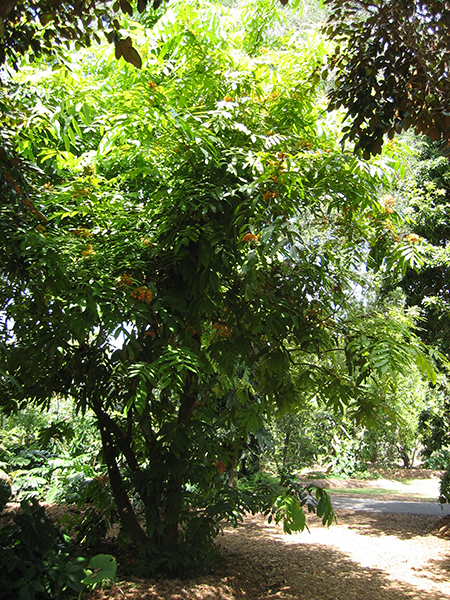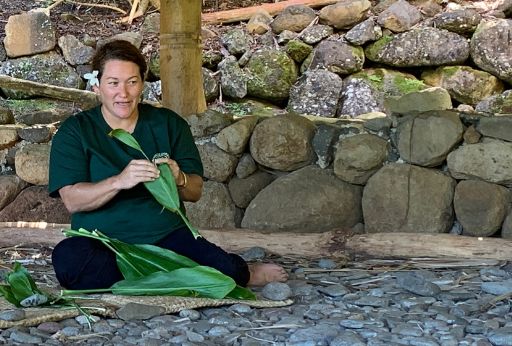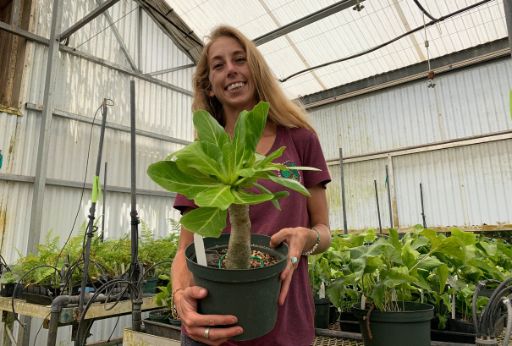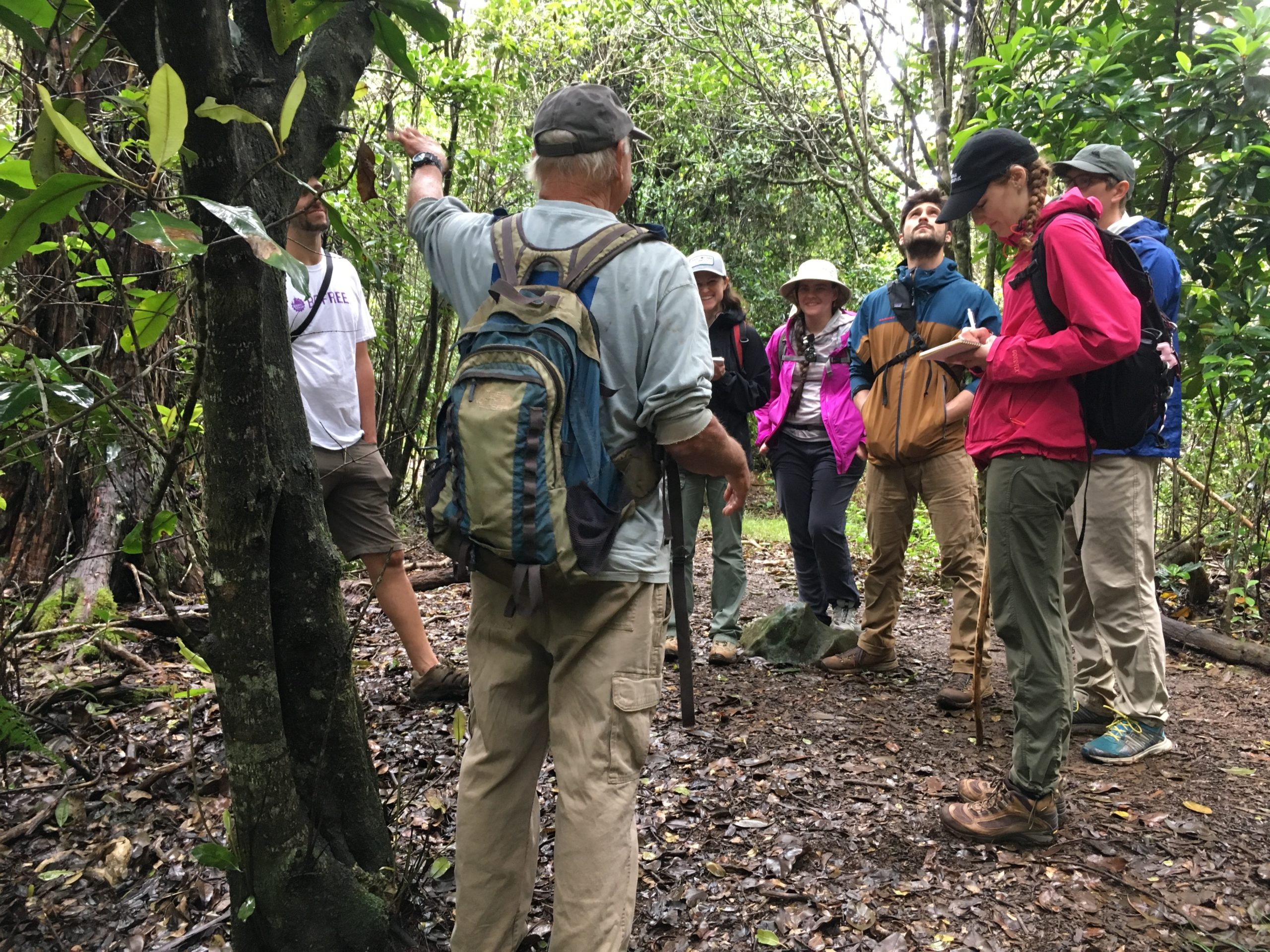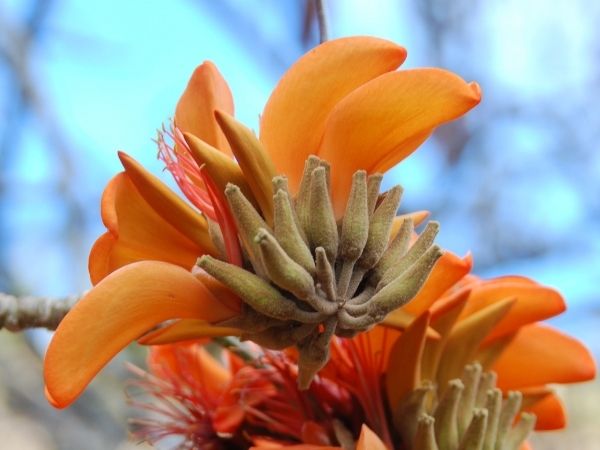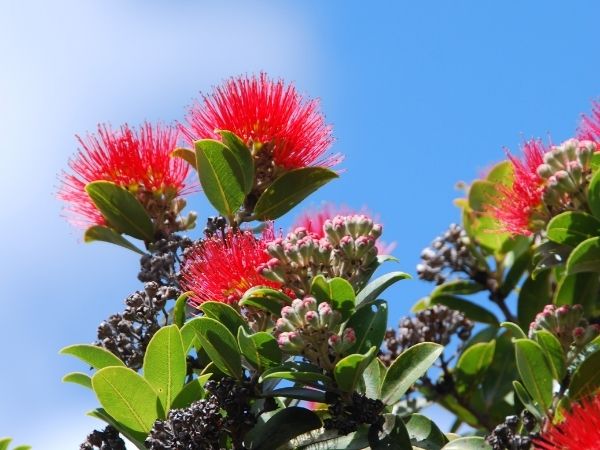Tropical Plant Database - Plant Details
Saraca indica
Conservation Status
- IUCN: least concern
- USFWS: None
Genus: Saraca
Species: indica
Species Author: L.
Vernacular: Asoka, Sorrowless Tree
Synonyms: Saraca arborescens Burm.
Saraca indica is a small evergreen tree. The leaves are paripinnate with 6 to 12 leaflets, oblong and rigidly sub-coriaceus. The flowers are orange or orange-yellow, turning vermillion, very fragrant in dense axillary corymbs. The fruit is a pod flat, leathery with 4 to 8 ellipsoid-oblong and compressed seeds.
The bark of Ashoka Tree is used for its medicinal value and it is reported to have a stimulating effect on the endometrium and ovarian tissue. The bark is useful in all cases of uterine bleeding where ergot is indicated. It is also useful in menorrhagia due to uterine fibroids, in leucorrhea and in internal bleeding.
Ashoka Tree is native to India where it occurs up to an altitude of 750 m, in the center and the eastern Himalayas and in the Khasi, Garo and Lushai hills.
The bark of Saraca indica contains tannin, catechol, sterol and organic calcium compounds. Its methanol fraction contains haematoxylene, tannin, and water-soluble glycoside. The latter has glucose, galactose and mannose as sugars. (Information for this species compiled and recorded by Camelia Cirnaru, NTBG Consultant.)
.svg)
